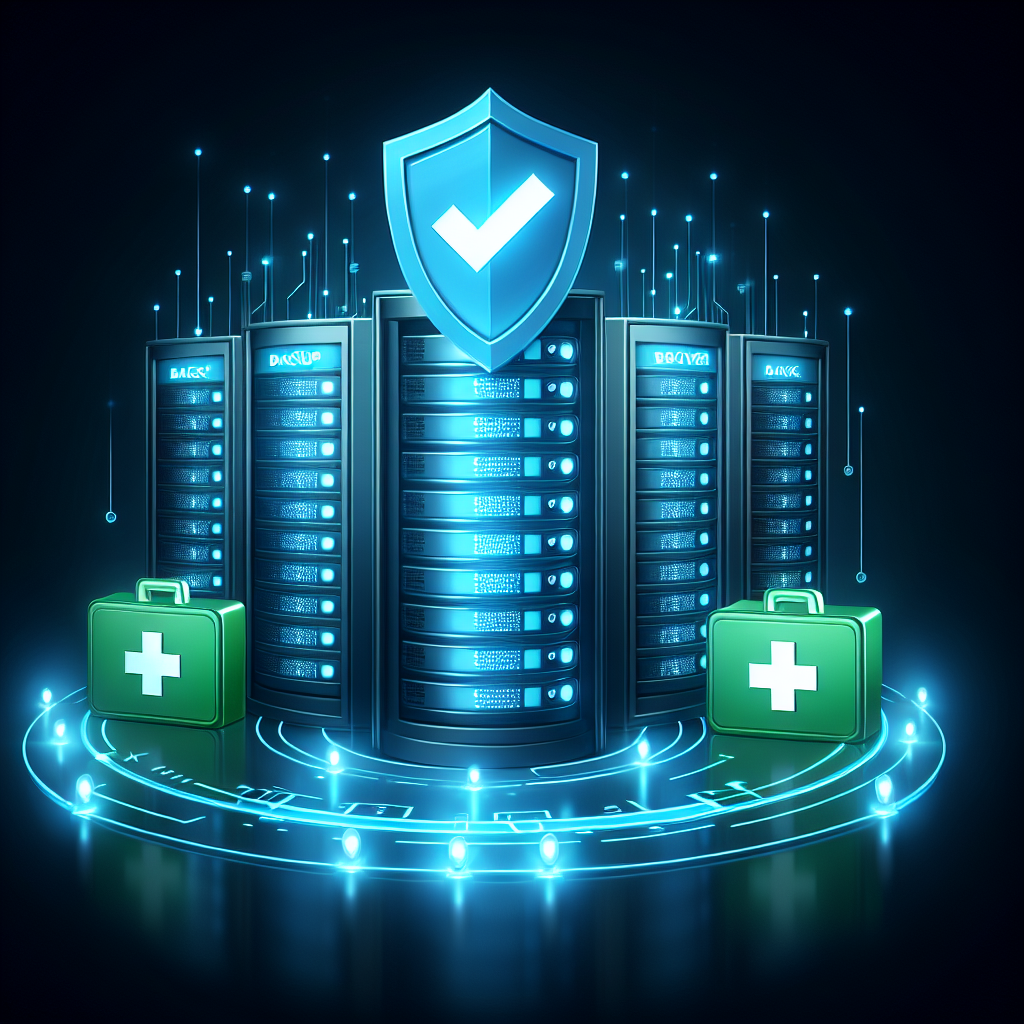In today’s digital age, data centers play a crucial role in storing and processing vast amounts of information for businesses and organizations. With so much valuable data stored in these facilities, it is essential to protect them from downtime, which can result in significant financial losses and damage to a company’s reputation. One of the most effective ways to safeguard your data center is by implementing backup and recovery solutions.
Backup and recovery solutions are essential components of any data center’s disaster recovery plan. They ensure that in the event of a system failure, natural disaster, or cyber attack, your data can be quickly restored and operations can resume with minimal disruption. By regularly backing up your data and having a robust recovery plan in place, you can mitigate the risks of downtime and ensure the continuity of your business operations.
There are several types of backup and recovery solutions available, including on-site backups, off-site backups, and cloud backups. On-site backups involve storing copies of your data on physical devices, such as external hard drives or tape drives, within your data center. Off-site backups involve replicating your data to a remote location, such as a secondary data center or a secure off-site storage facility. Cloud backups involve storing your data in a secure cloud environment, where it can be accessed and restored from anywhere with an internet connection.
When choosing a backup and recovery solution for your data center, it is important to consider factors such as data volume, recovery time objectives (RTOs), and recovery point objectives (RPOs). RTOs and RPOs refer to the maximum acceptable downtime and data loss that your business can tolerate. By setting realistic RTOs and RPOs, you can ensure that your backup and recovery solution meets your business needs and provides the level of protection required for your data center.
In addition to implementing backup and recovery solutions, it is also important to regularly test your disaster recovery plan to ensure its effectiveness. Conducting simulated disaster scenarios can help identify any weaknesses in your plan and allow you to make necessary adjustments to improve your data center’s resilience.
Overall, protecting your data center from downtime with backup and recovery solutions is essential for safeguarding your business’s critical data and ensuring continuity of operations. By investing in reliable backup and recovery solutions and regularly testing your disaster recovery plan, you can minimize the risks of downtime and mitigate the potential impact on your business. Remember, when it comes to data protection, prevention is always better than cure.


Leave a Reply